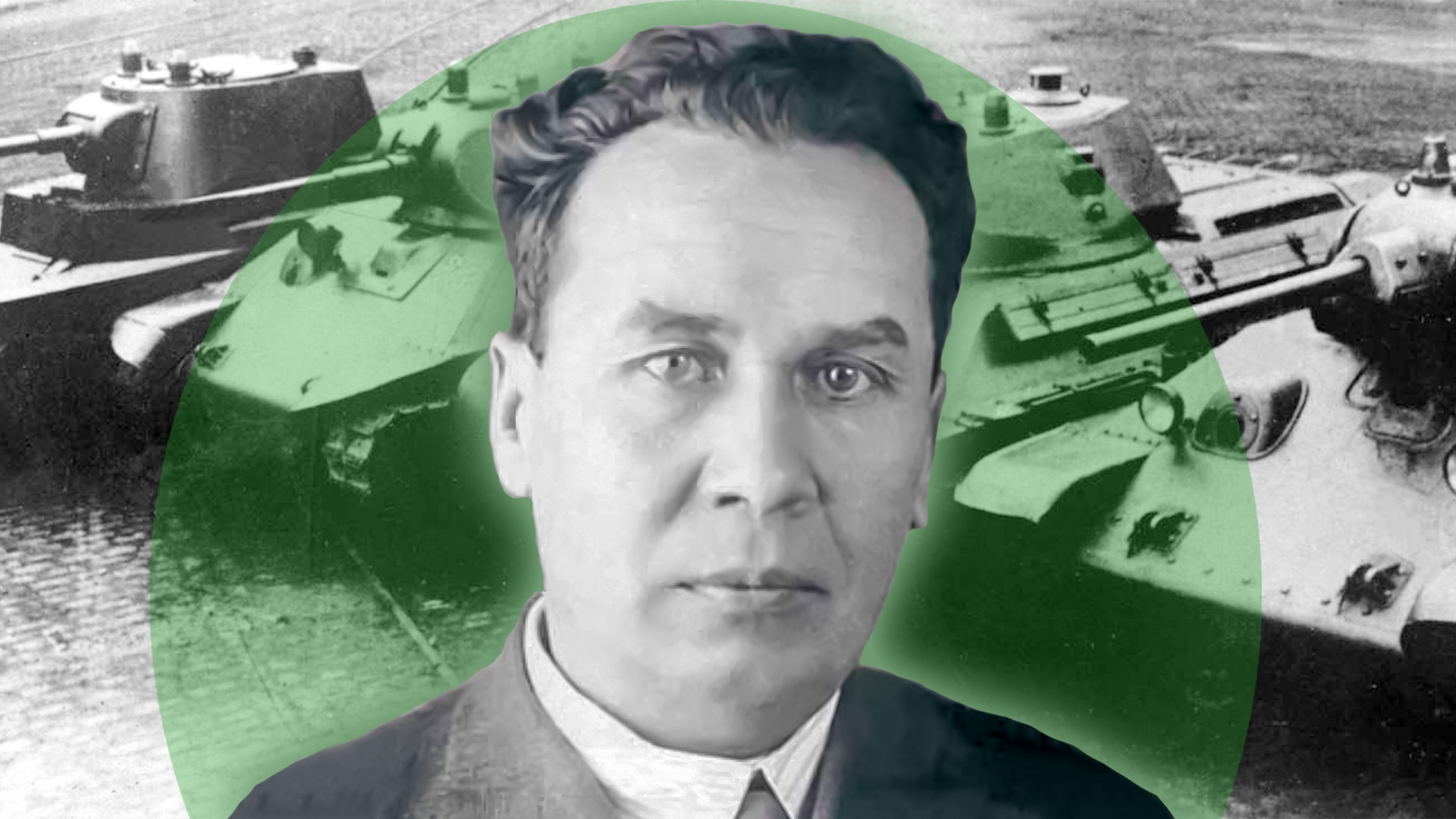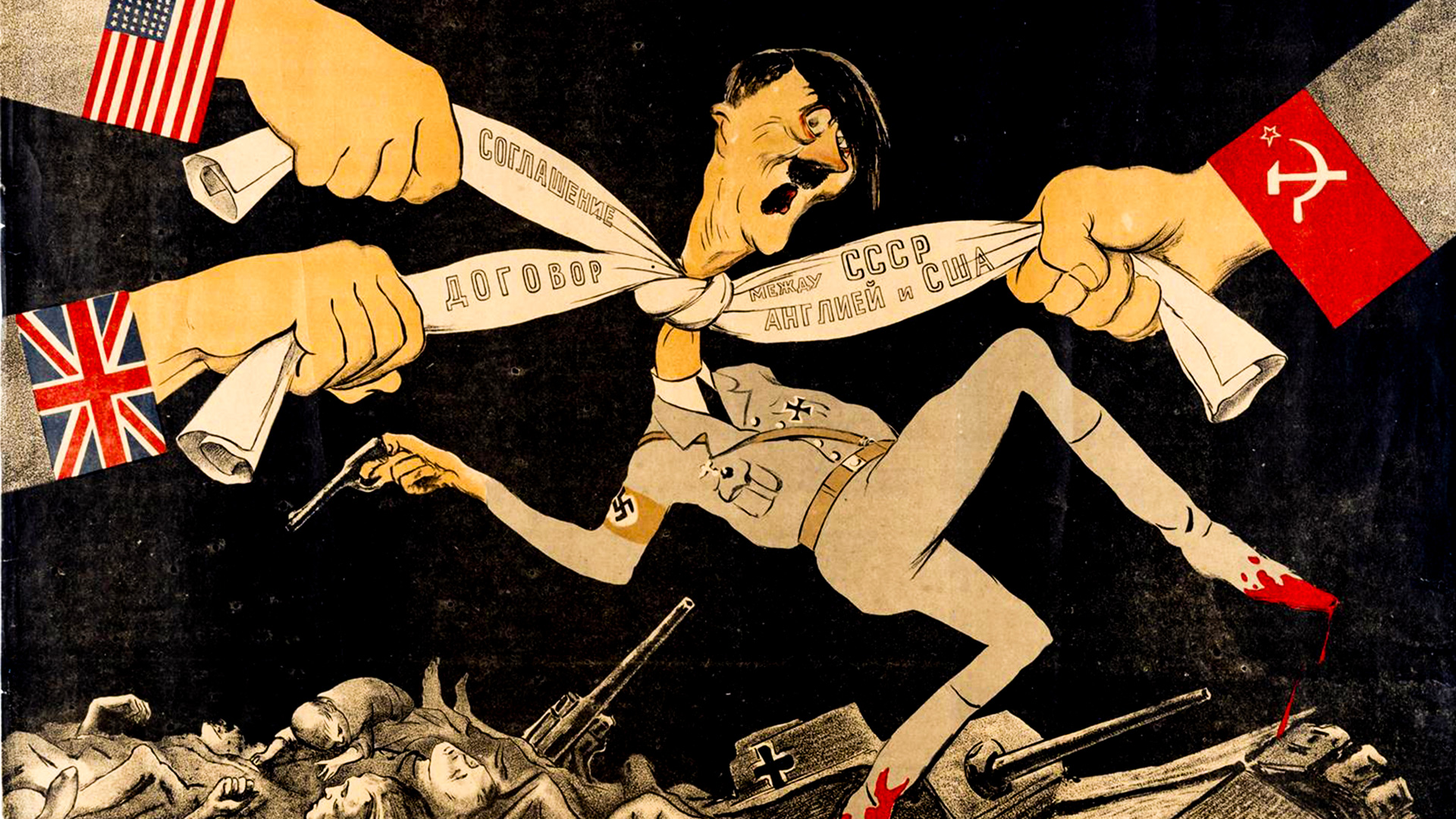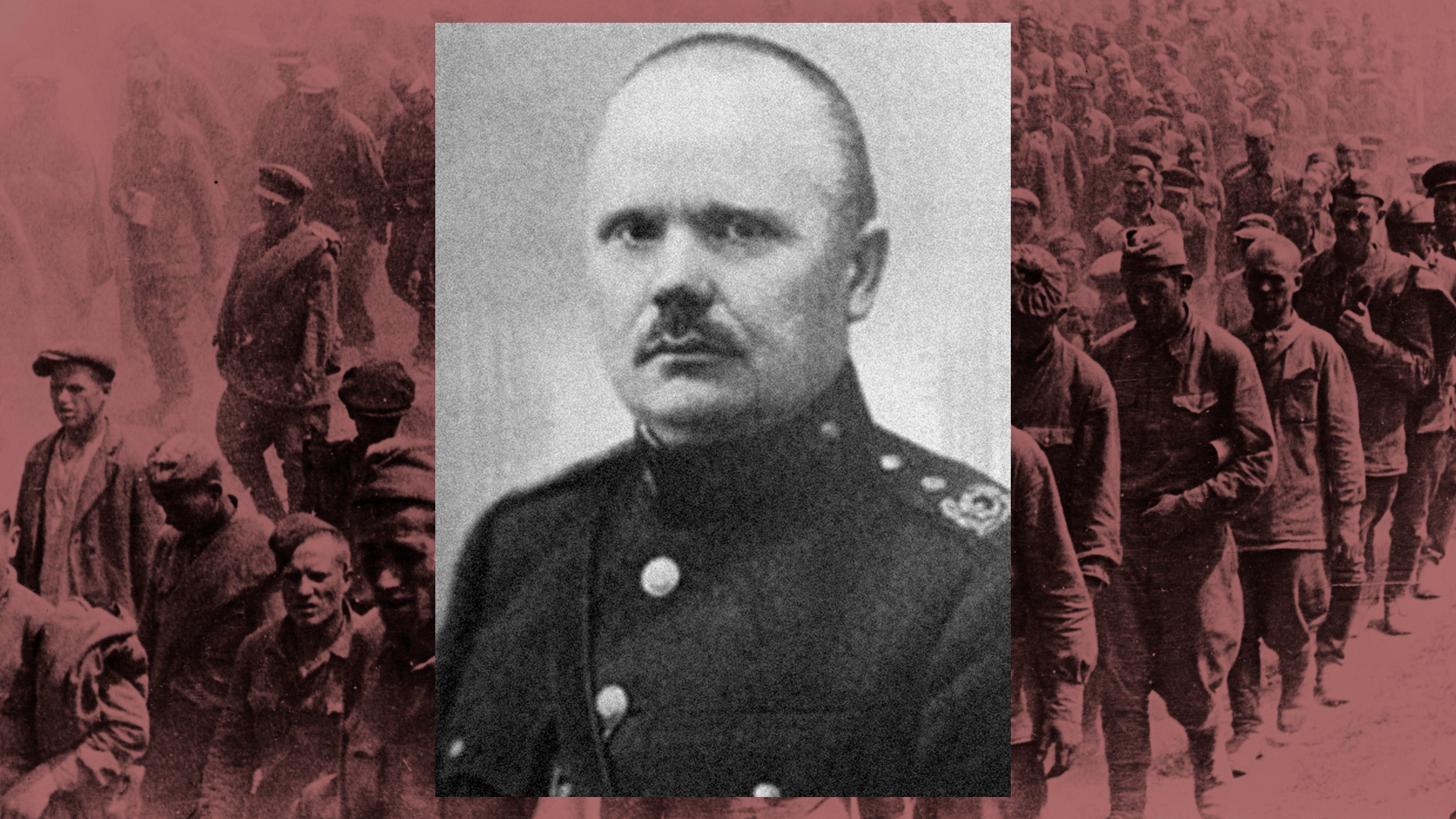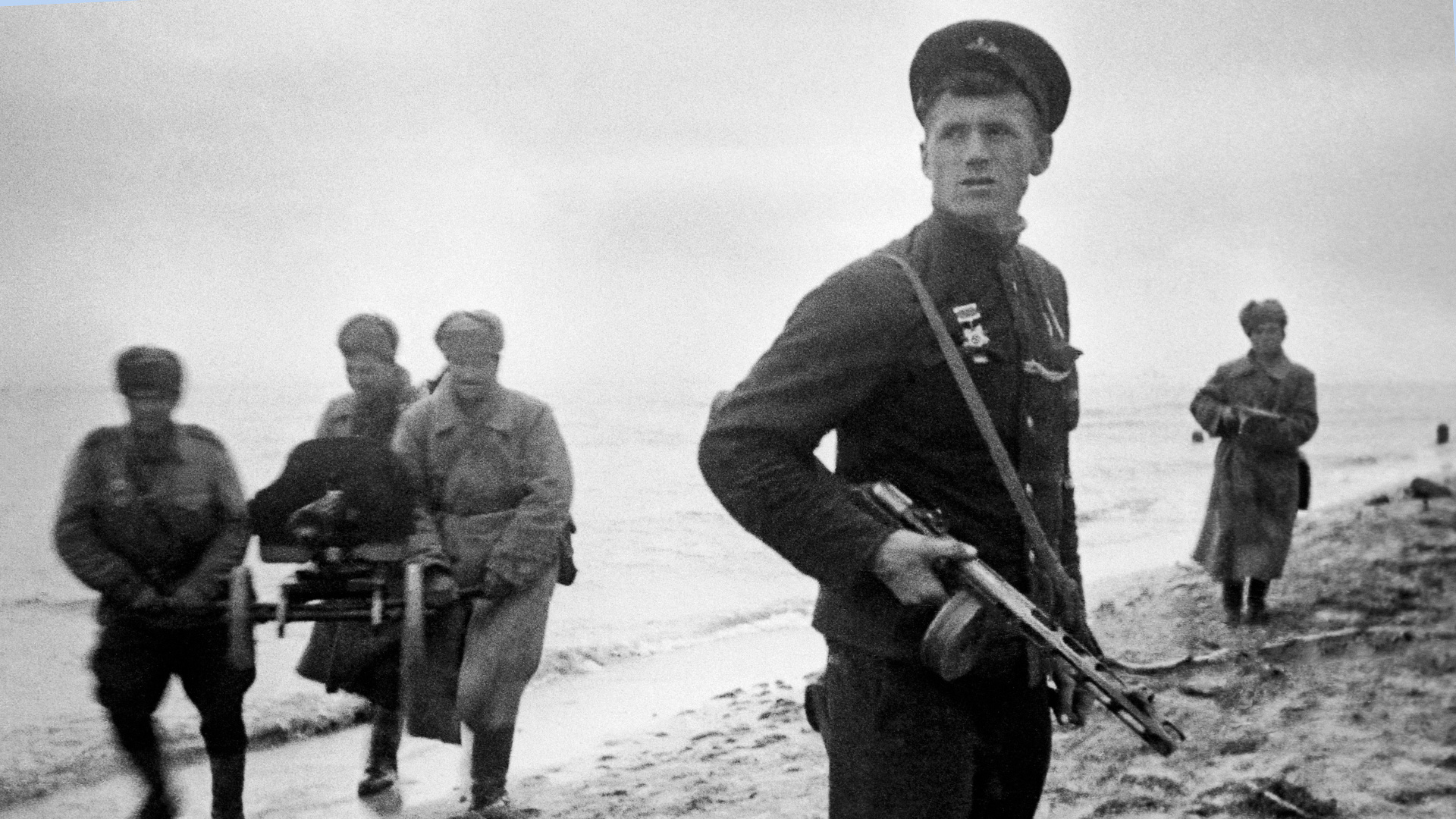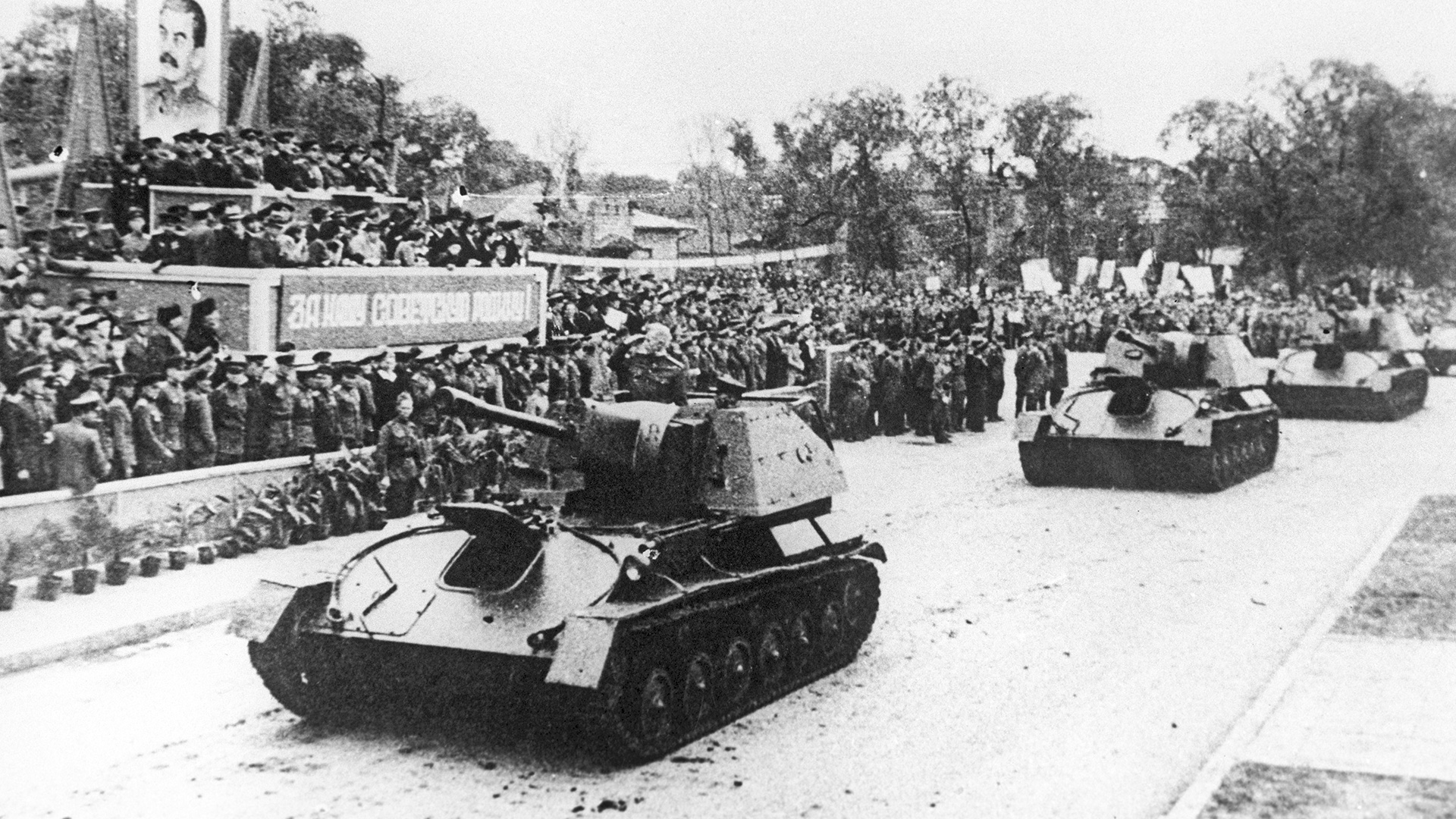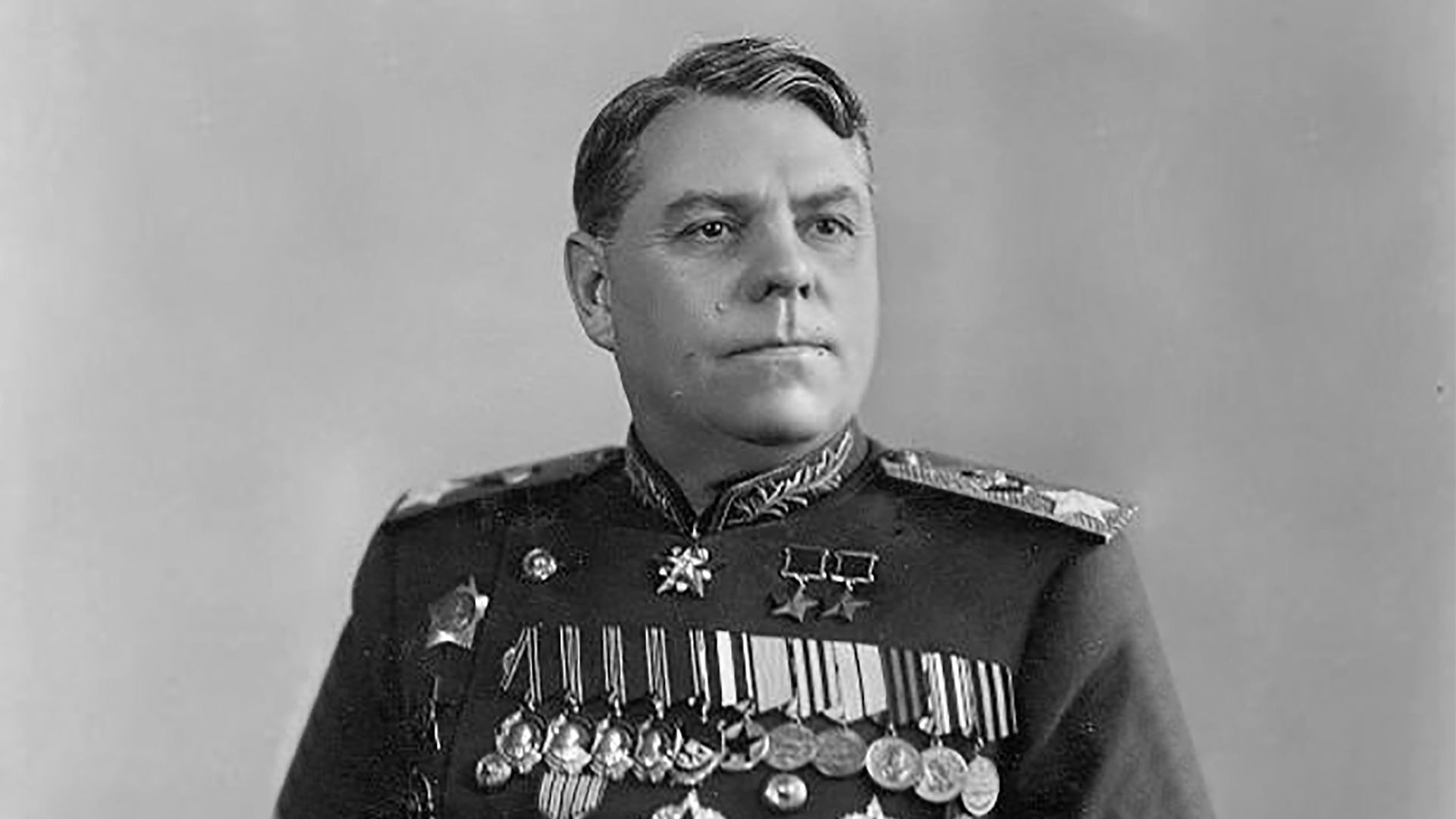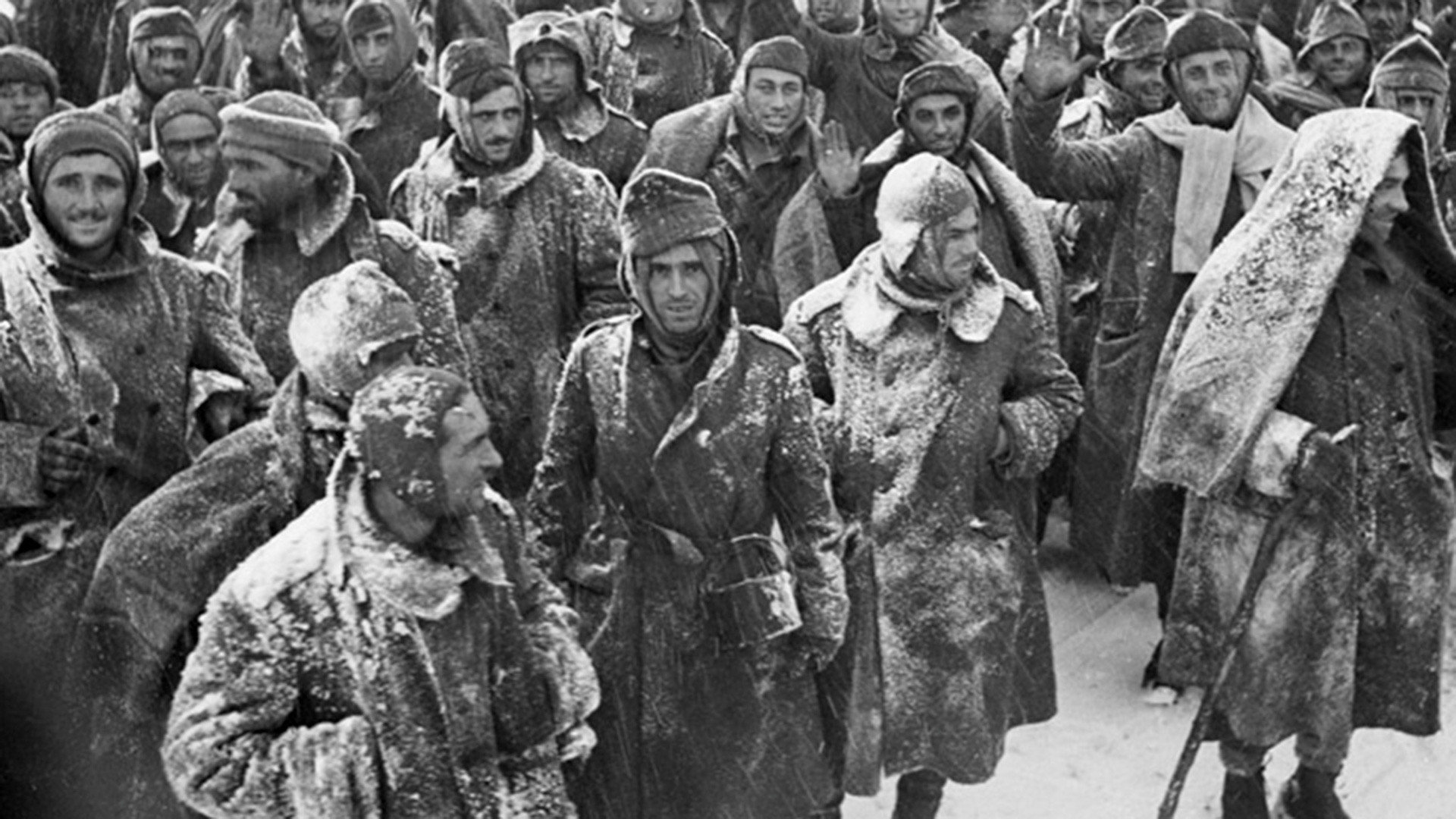
How the Nazis called Soviet military equipment during World War II (PHOTOS)
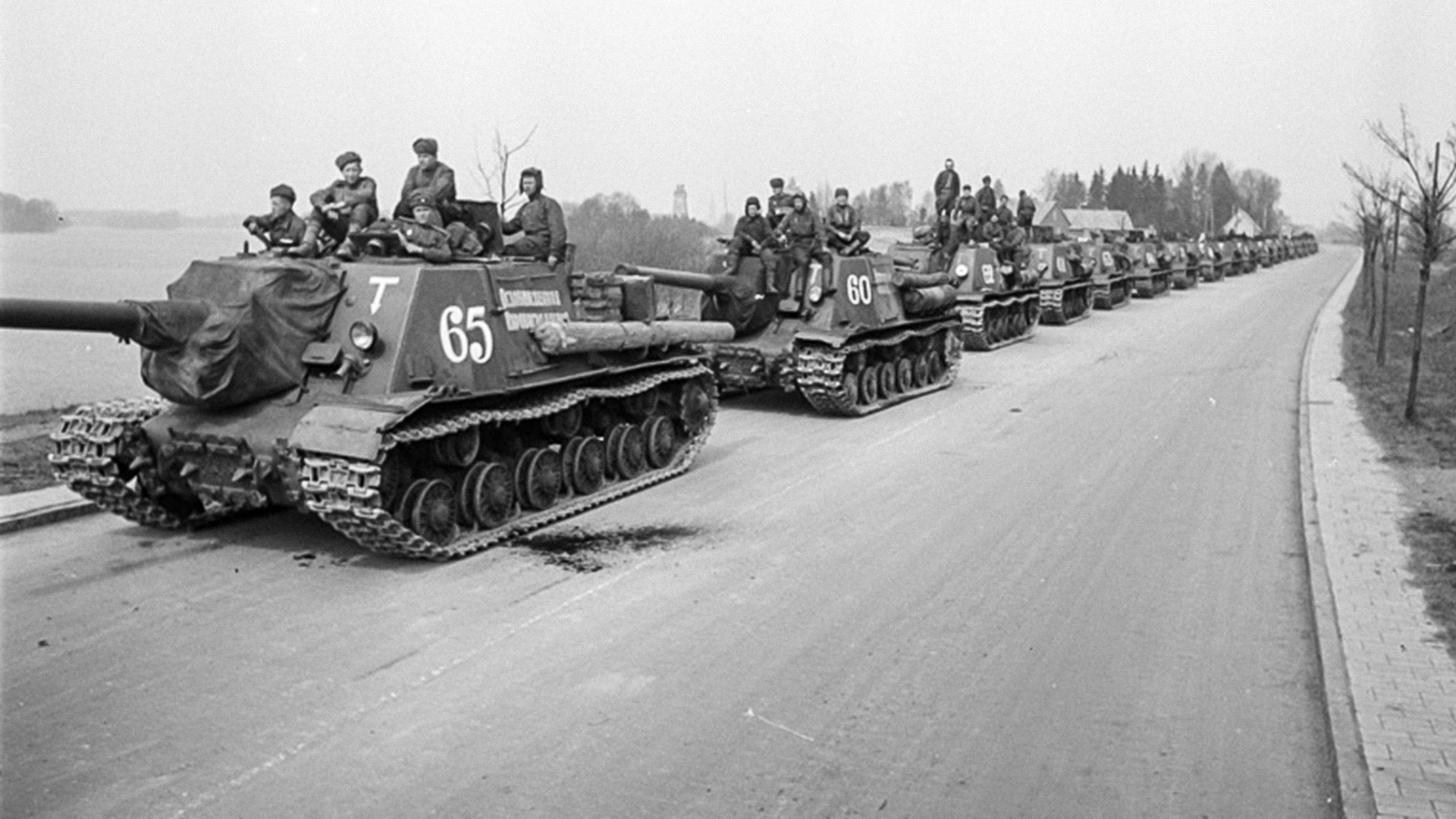
‘Ghost’
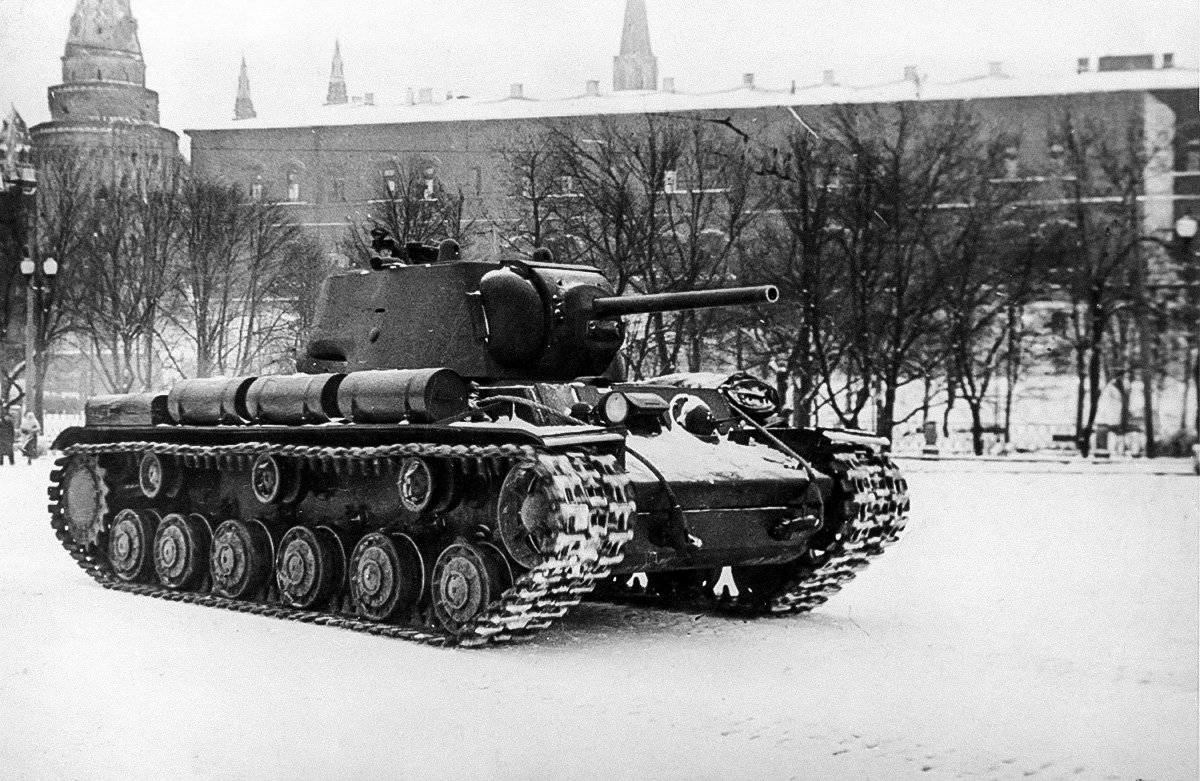
The KV-1 was a Soviet heavy tank that proved itself early in the war against Nazi Germany. It was not known for its maneuverability or reliability, but it had powerful 75-mm frontal armor.
In Summer 1941, most Wehrmacht tanks and artillery pieces proved powerless against this armor. Shells sometimes failed to even leave a dent in it. This inspired such mystical terror in the Germans that they nicknamed the KV-1 ‘Ghost’.
‘Stalin's organ’
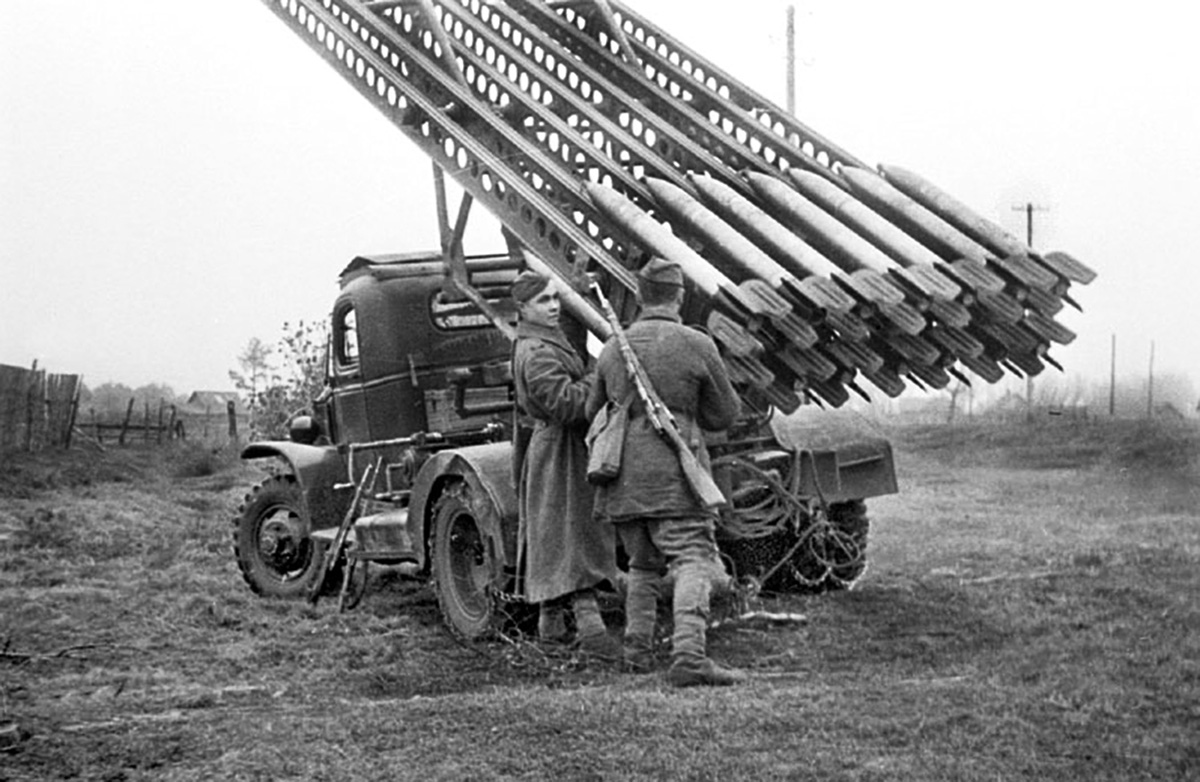
The BM-13 Guards rocket launcher, commonly known as the ‘Katyusha’, effectively targeted enemy troops and lightly armored vehicles in open terrain. Wehrmacht soldiers often found themselves in a "solid sea of fire", from which escape was extremely difficult.
In the German Army, the Soviet multiple launch rocket system was nicknamed ‘Stalin's organ’, due to the distinctive sound its rocket fins made when fired.
‘Mickey Mouse’
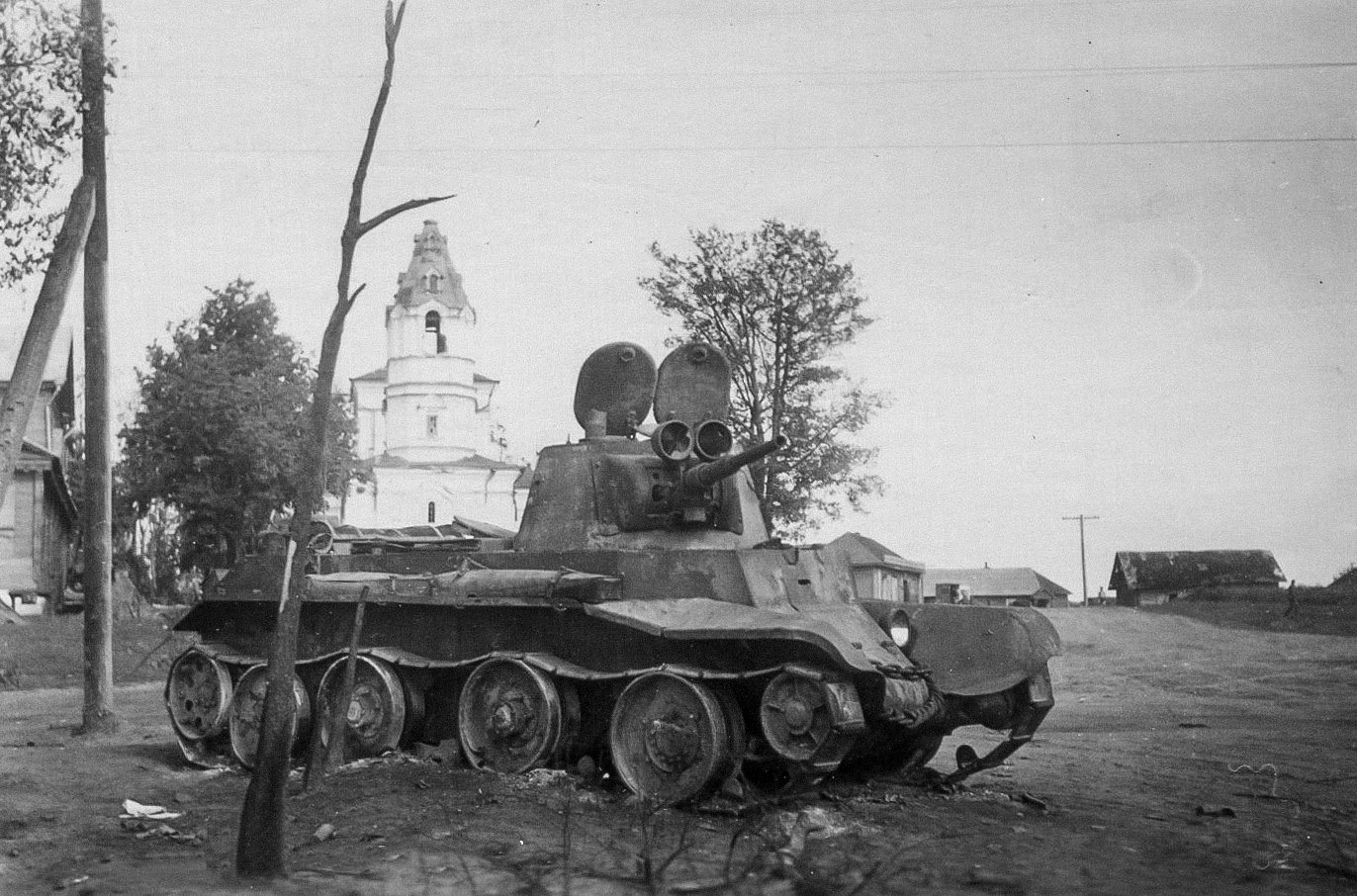
The Germans associated the BT-7 light tank, a wheeled and tracked vehicle, model ‘1937’, with the Disney character. Its two oval turret hatches, when open, reminded them of the ears of the famous cartoon mouse.
There was more than one ‘Mickey Mouse’ in the Red Army. Some modifications of the famous T-34 medium tank also had two hatches on the turret, also earning this nickname.
‘Sewing machine’ & ‘Coffee grinder’
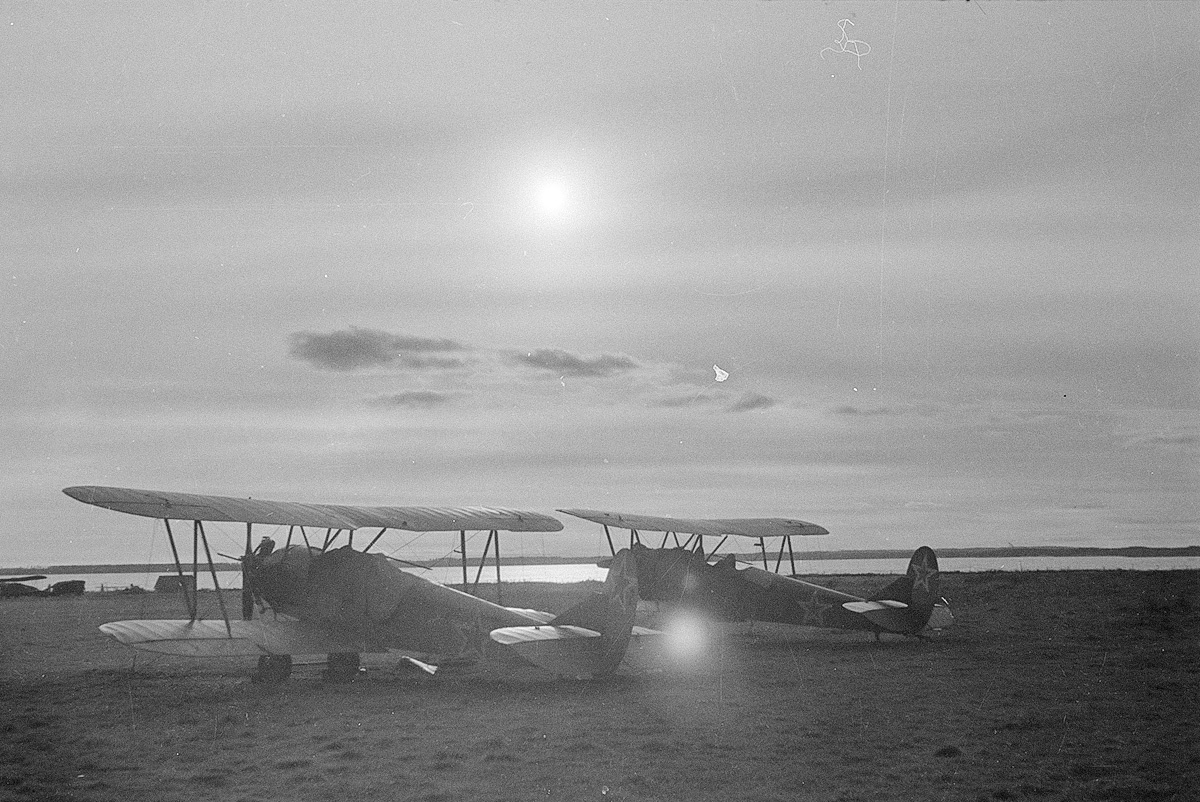
Thanks to its low speed, the Soviet U-2 (Po-2) light night bomber could fly at low altitude, literally just above treetops, and pinpoint targets on the ground. It was also capable of landing and taking off from the smallest and most unprepared airstrips.
Because of the distinctive engine noise, the Germans nicknamed the U-2 ‘Sewing machine’ and ‘Coffee grinder’.
‘Black death’

The Soviet Il-2 attack aircraft had far superior armor, with its armor thickness ranging from 5 to 12 millimeters.
In the Red Army, the Il-2 was called the ‘Flying tank’, while Luftwaffe pilots called it the ‘Concrete plane’. German soldiers, who came under its devastating fire on the ground, meanwhile, dubbed this attack aircraft ‘Black death’.
‘Indestructible locust’
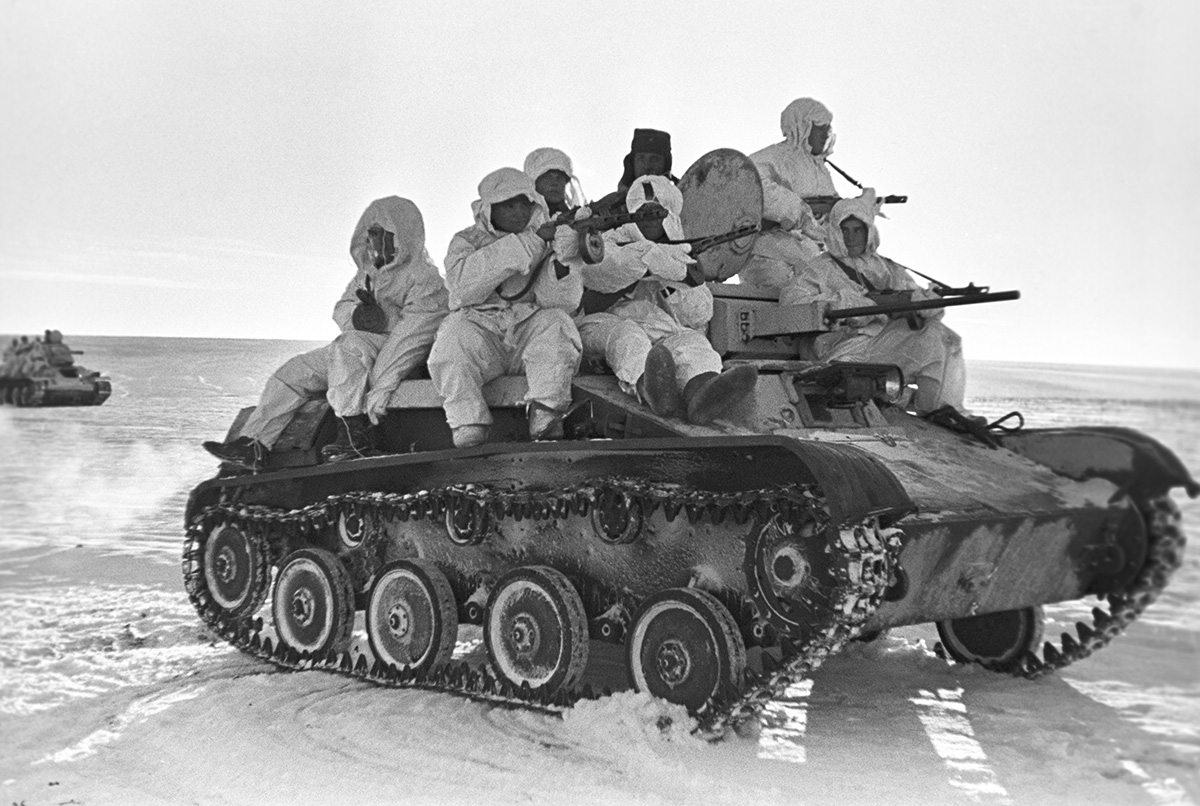
In Summer 1941, the Red Army suffered colossal losses in armored vehicles. Soviet factories rushed to mass-produce the T-34, but this took time.
Then, the T-60 light tank temporarily became the primary infantry support vehicle on the battlefield. Although it had relatively weak armament and armor, it could be produced quickly and in large quantities.
In 1942, the T-60 bore the brunt of the fighting. The Germans nicknamed it the ‘Indestructible locust’ – Soviet tanks attacked from the front lines, were destroyed, but were then quickly replaced by new ones.
‘Ratsch-Boom’

The 76mm divisional gun, model 1942 ZIS-3, is considered one of the best artillery pieces of World War II. It was distinguished by its ease of use, comparative lightness and high combat performance.
The Germans nicknamed the ZIS-3 ‘Ratsch-Boom’, because the shell hit its target ("ratsch!") faster than the gunshot ("boom!").
‘Can opener’

The ISU-152 was a heavy self-propelled artillery unit based on the IS-1 and IS-2 tanks. Operators of the ‘Zveroboy’ (‘Deerslayer’), as it was known in the Red Army, skillfully hunted German ‘Tiger’ and ‘Panther’ tanks.
Its powerful 152mm howitzer-gun was so effective at "opening up" German military equipment that Wehrmacht tankers dubbed the ISU-152 the ‘Can opener’.



